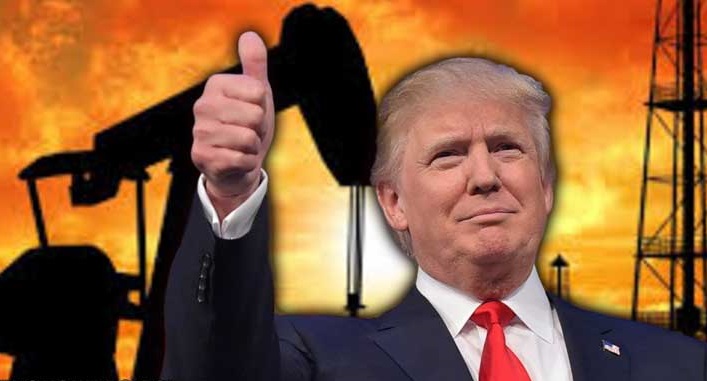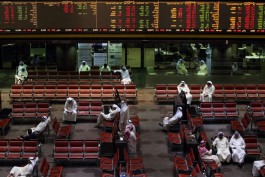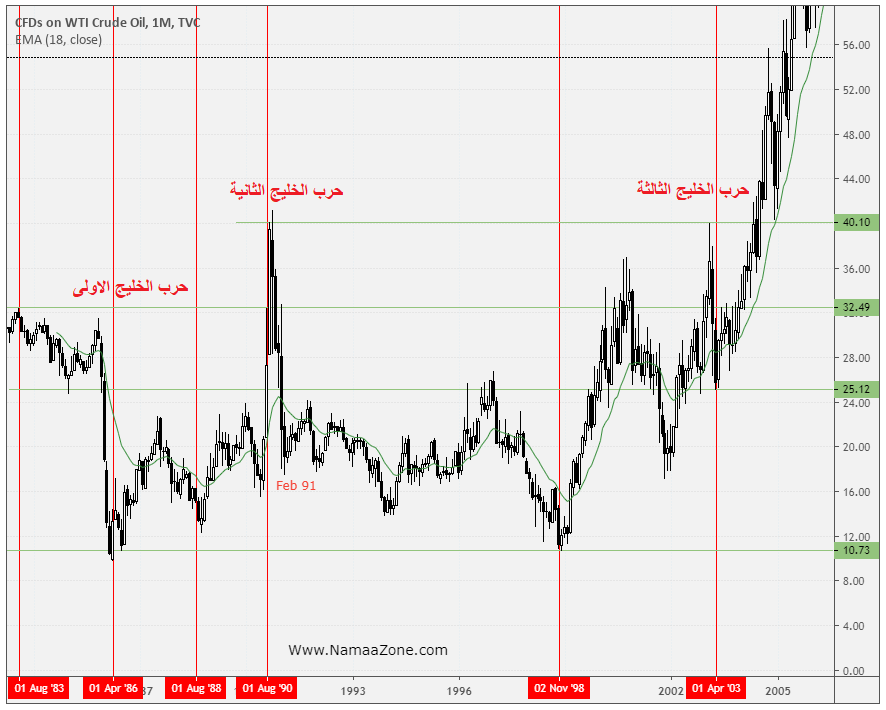After the recent terrorist attacks on Saudi Aramco facilities in the Abqaiq region, which resulted in a reduction of production by 5 million barrels per day as a result of the damage, according to official statements carried by the agency CNN, many ask: Are we on the threshold of the Fourth Gulf War and what are the effects of these geopolitical unrest on oil prices?
Many observers of oil prices assume that a war in the Arabian Gulf will affect oil prices, which will make prices rise, and we have started to hear some sources talking about the figure of $ 100 a barrel. In fact, the paradox may seem a bit strange, but from the reality of all the three Gulf wars, we found that oil prices in the atmosphere of wars are dropping. History says its word and reminds us of the reality of numbers as follows: -

The first Gulf War: September 1980 - August 1988 The Iran-Iraq war left a million dead and losses amounted to 400 billion dollars, which witnessed repeated closures of the Strait of Hormuz in what was known as the tanker war and naval mines in particular In the period between 1982 and 1986, despite the state of great tension, we found a drop in oil from levels of 33 dollars to 10 dollars during that period. In fact, oil prices did not improve until after the declaration of the cessation of the war in August 1988, when prices rose from 12 dollars to 40 dollars at the beginning August 1990
The Second Gulf War: August 1990 to February 1991, sudden events and an earthquake striking the region that those who lived through it could not forget the pain of Iraq’s occupation of Kuwait, then Operation Desert Shield to liberate Kuwait During this period, tremendous events from the battle of Khafji inside Saudi Arabia to the scud missile war on all Gulf countries and Israel and the double chemical warfare which ended with the ignition and explosion of 727 oil wells out of 1080 Kuwaiti wells, and we also found a drop in oil prices from the level of 40 dollars per barrel to 18 dollars. And the rest of the prices were in a fluctuating tendency to decrease until the end of 1998, when they reached 10 dollars
The third Gulf War: March 2003, April 2003, ended with the American forces' occupation of Iraq and the fall of Saddam Hussein's regime under justifications for the lie of the weapons of mass destruction file and the war of al-Sahaf and Umm al-Hawasim. A decrease in oil prices from the level of 40 dollars a barrel to 25 dollars.
So, from the reality of history, we find that there is an inverse relationship between the tensions of the Gulf wars and oil prices and not as is rumored or promoted by some speculators in the markets to exploit the atmosphere for known goals.
p>

On the other hand, we must realize that oil prices are controlled by a set of economic factors and political influences, a ...







































